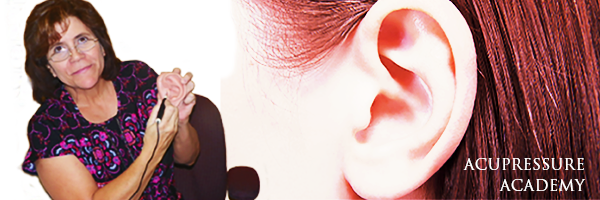The Health Benefits of Practicing Compassion
by: Deepak Chopra, M.D.
Compassion is changing before our eyes. A religious concept associated with Jesus and Buddha (known as “the Compassionate One”) is being researched today through brain scans and positive psychology. In positive psychology your aim is to reach a state of well-being. The actions of a compassionate person, being kind and sympathetic, turn out to bring personal benefits as well. This is one way that a spiritual value acquires practical, everyday value.
As part of a compassionate lifestyle, a person:
- Lets go of judgment
- Is more accepting of others
- Appreciates how other people feel
- Tries to help in difficult situations
- Acts as a sympathetic listener
- Renounces anger and aggression
- Works to maintain a harmonious, peaceful atmosphere at home and at work.
The reason a compassionate lifestyle leads to greater psychological well-being may be that the act of giving is equally or more pleasurable than receiving. A brain-imaging study led by neuroscientists at the National Institutes of Health showed that the “pleasure centers” in the brain—the parts that are active when we experience things like dessert, money, and sex—are equally active vicariously. We feel pleasure, for example, when we observe someone giving money to charity as if we were receiving the money ourselves. A complementary study at the University of British Columbia showed that even in children as young as two, giving treats to others increased the givers’ happiness more than receiving treats themselves.
In a description written from the viewpoint of positive psychology, compassion is “an evolved part of human nature, rooted in our brain and biology.” In other words, as human beings evolved, we became more aware of the good that results from empathy and kindness. We developed an alternative to selfishness. Studies have suggested that compassion is indeed an evolved part of human nature, vital to good health and even to the survival of our species. Compassion motivated 26.5 percent of Americans to volunteer in 2012, according to the U.S. Department of Labor.
A recent study found that the pupils of infants’ eyes widened when they saw someone in need—a sign of concern—but their pupils would shrink when they could help that person—or when they saw someone else help, suggesting that they felt better. (Babies as young as four or five months will try to help their mothers pick up something dropped on the floor.) They seem to care primarily for the other person and not themselves. It was calming to see the person’s suffering being alleviated, whether or not they were the ones who did it.
In the same vein, research by David Rand at Harvard University shows that adults’ and children’s first impulse is to help others, not to compete with them. Other research by Dale Miller at Stanford’s Graduate School of Business backs this up. Compassion involves feeling what someone else is feeling, which forms an invisible bond. But the bond is more than mental or emotional. Research in positive psychology suggests Continue Reading Here.



